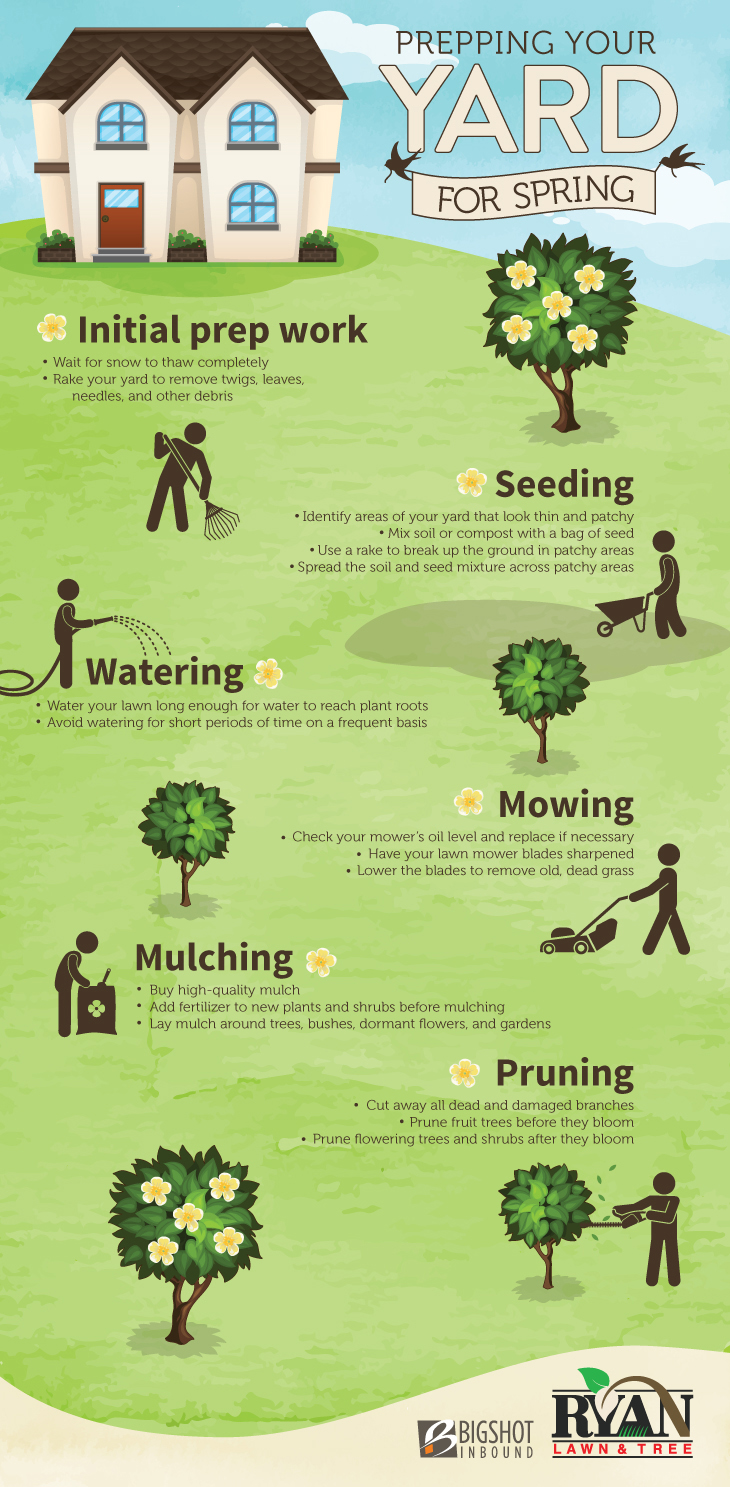Signs It's Time For Tree Elimination: How To Recognize Hazardous Trees
Signs It's Time For Tree Elimination: How To Recognize Hazardous Trees
Blog Article
Web Content By-McDonald Malling
When it concerns tree care, identifying the indications that it's time for elimination is vital for your safety and property. You may see tarnished leaves, wilting branches, or strange fungal growths indicating illness. Architectural issues, like a considerable lean or cracks in the trunk, can additionally present risks. Recognizing Prune Holly Tree warning signs can help you make educated choices concerning your trees and protect against prospective threats hiding in your yard. What should you seek following?
Indicators of Decay and Illness
When you notice indications of decay and condition in your trees, it's crucial to act rapidly. Look for blemished fallen leaves, wilting branches, or uncommon growths like fungi. These can show that your tree is struggling.
If you see fractures in the bark or soft, mushy wood, these signs recommend internal degeneration. Furthermore, an unexpected rise in pests around your tree can signify that it's compromised and at risk.
Look for any dead or passing away arm or legs, as they position a danger to your home and security. If you're uncertain about what you see, getting in touch with an arborist can offer clarity.
Addressing these indications early can save you from extra extensive damage and guarantee the wellness of your backyard. Don't wait up until it's far too late.
Structural Instability and Leaning
As you observe your trees, watch out for any indicators of structural instability or leaning. If a tree leans substantially, it may indicate that the origin system is endangered.
Search for any kind of cracks in the trunk or soil around the base; these can indicate potential failure. In addition, check for unusual development patterns, like an uneven crown, which may suggest that the tree is battling to hold itself upright.
If you observe that the tree leans toward your home, power lines, or various other structures, it positions a better danger. Don't disregard these indications-- get in touch with an arborist to evaluate the scenario.
Doing something about it early can protect against costly damage and ensure your safety.
Dead or Dying Branches and Vegetation
If you see dead or dying branches and foliage on your tree, it's a clear indicator that something's wrong.
https://caidenezupj.blogoscience.com/41594007/defeat-obstinate-tree-stumps-with-efficient-removal-methods-that-guarantee-a-safe-and-reliable-yard-clean-up-however-which-strategy-will-serve-you-finest can suggest underlying problems like disease, insect problems, or ecological anxiety. When branches lose their leaves or transform brown, they're no more adding to the tree's health. Ignoring these indicators might cause further decrease, making your tree more harmful.
https://www.mercurynews.com/2013/03/25/yardsmart-low-cost-landscaping-ideas-for-a-rental-home/ can quickly break off throughout tornados, presenting a threat to home and people close by. It's critical to examine the level of the damage.
If the problem impacts a considerable part of the tree, consider speaking with a professional. They can help determine if elimination is required to make sure security and maintain the charm of your landscape.
Conclusion
If you see any indicators of decay, structural instability, or dead branches on your trees, do not ignore them. These indicators can position serious safety dangers to you and your residential property. It's constantly best to seek advice from an expert arborist who can give a professional assessment of your trees. Taking action early can stop mishaps and pricey damages, guaranteeing your landscape stays safe and healthy and balanced. Bear in mind, it's better to be proactive about tree care than to wait on a calamity to take place.
